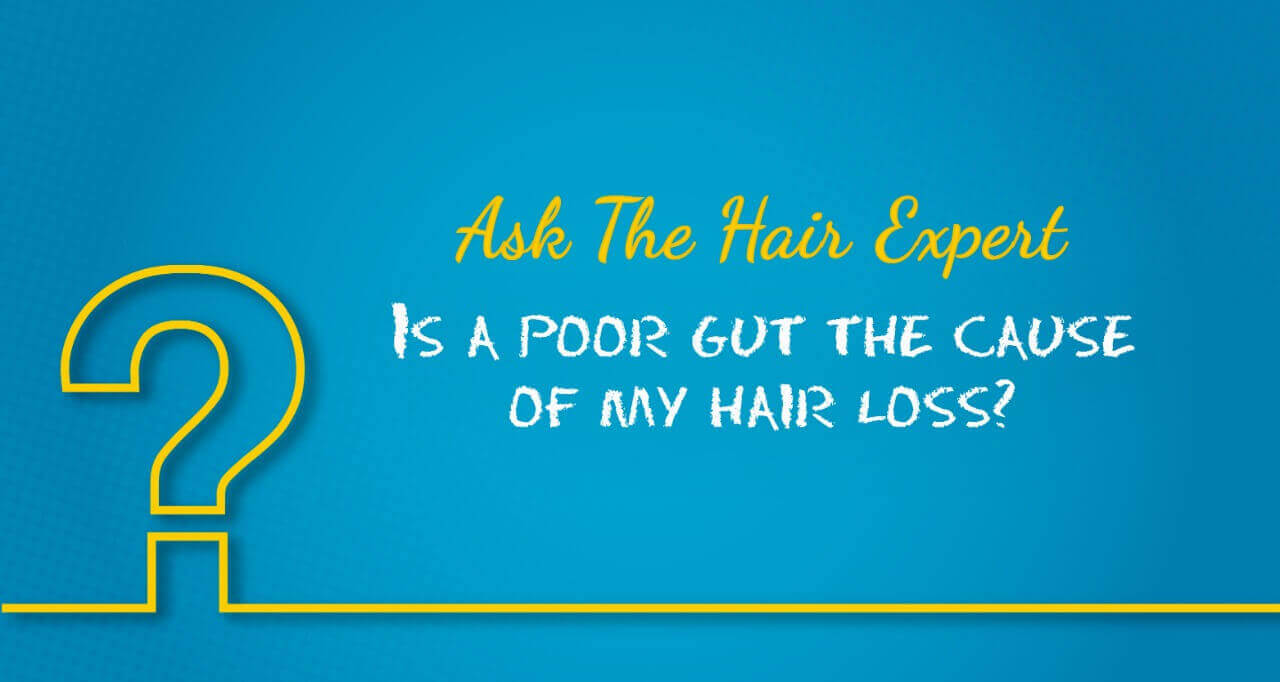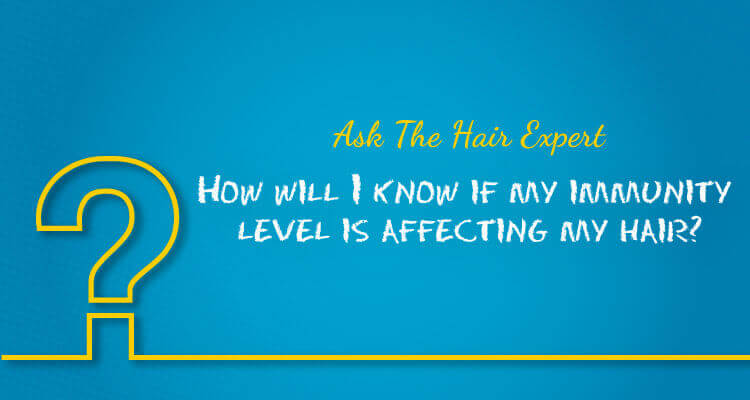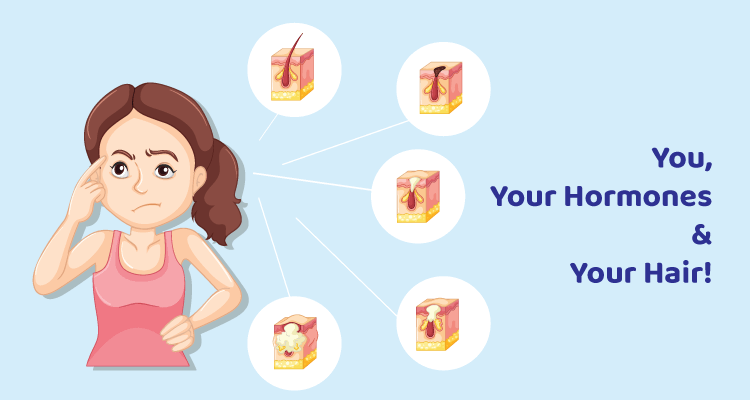Unwanted hair growth on your body is always a bother, isn’t it? You struggle with shaving, plucking, trimming, trying to stay well-groomed. But what when you have hyper excessive hair growth that seems absolutely uncontrollable, and way beyond these maintenance fixes? It can be rather traumatic and mentally very stressful, right? You become extremely sensitive to societal norms and social acceptance, which are anyway on high priority these days – more than ever before! You struggle to decipher what is happening, and why it seems to be just you who is having such a concern…
The scenario we are speaking of here is not that common, but unfortunately, a reality for some. It is a fairly rare and curious condition, so to speak. This is not your normal case of unwanted hair growth in certain parts of the body, that needs grooming. This is a medical condition that needs professional diagnosis and understanding. Something that needs due attention to address and tackle right. Both physically and mentally.
There are many with such a condition who are unaware of its root cause; that it is a medical condition which needs attention. It hence goes unreported & ignored. They resign to live with it, attempting to maintain it as much as possible on their own. What we are attempting today, is to create awareness and help understand it all better and see how it can be tackled.
What is Hypertrichosis?
Hypertrichosis. Werewolf Syndrome. Hirsutism. These are some words discussed in association with the condition described above. While Hypertrichosis and Werewolf Syndrome refers to the same condition, Hirsutism is different (discussed further below).
Hypertrichosis is a condition that causes abnormal hair growth anywhere on the body, in both males and females. Prepubertal hypertrichosis is, in fact, something that is quite common in otherwise healthy individuals, of both genders.
This excessive hair growth may not be androgen-dependent, unlike in other circumstances. The growth in such cases, in terms of distribution and hair type, is abnormal when compared to the average appearance of someone of the same gender, age and race. Experts believe that there is excessive stimulation of hair follicles without any abnormal levels of androgens, in certain individuals which causes this condition.
If you dig into history & evolution studies, for an explanation, it suggests that our very early ancestors needed hair-covering throughout the body, to keep self warm and protected. Over time, humans evolved, and the genes that caused this needed extensive hair growth became inactive. With evolution, the need for such hair cover over body became obsolete. However, perhaps in individuals with (congenital) hypertrichosis, these genes are reactivated in the womb. There is no known and established cause for this, as we speak.
Irrespective of the cause/ trigger, as mentioned above, people suffering from hypertrichosis often suffer mental stress. There is a lack of social acceptance that makes matters worse. This condition is probably more psychologically damaging than it is physically.
Types of Hypertrichosis
Hypertrichosis can be present at birth or may develop later in life. Further, the type of growth, the type of hair and which part of the body is affected, can differ from person to person.
There are different classifications of Hypertrichosis, depending on the distribution, how it is triggered and on the basis of type of hair.
On the basis of hair type:
- Lanugo – Lanugo refers to long and unmedullated hairs. This type of hair is very soft and has no pigment. It does not appear distinct against the skin.
Lanugo is seen on the skin of the newborn. It usually goes on its own over some time. However, in the case of hypertrichosis lanugo, it does not disappear and needs treatment. - Vellous – Vellous hairs are unmedullated, soft and lightly pigmented, often referred to as “peach fuzz”. This type of hair is usually present on the newborn’s face, and also sometimes on the arms, stomach, and legs. Vellous hairs have short hair follicles. When it does not disappear as the child grows up, it may be a condition that needs treatment.
- Terminal – These hairs appear very dense. They contain pigment and hence are dark in colour, and found on the scalp, underarms, and pubic area. The length of hair may vary depending on the area. In men, terminal hair is also found on the face.
Someone with this type of hypertrichosis, with excessive terminal hair growth, can really struggle as it is exceptionally evident in appearance.
On the basis of distribution:
- Generalised – when there is excessive hair growth, visible across the body and not contained to one specific part.
- Localised – when the condition is localised, as the word says, to a particular location on the body. For instance,
- Hirsutism – This is a type of hypertrichosis that is characterised by excessive hair growth seen only in women and is totally androgen dependent.
On the basis of its onset:
- Congenital – This type of Hypertrichosis is due to the mutation of genes. A baby is born with this condition; the damage has occurred while in the womb. There is evidence from studies (though not confirmed) that exposure to certain medications such as minoxidil in-utero may predispose to congenital generalized hypertrichosis.The subtypes of congenital hypertrichosis include
- Hypertrichosis Lanuginosa which is characterized by the presence of fine non-pigmented hair that is present at birth. The hair is distributed all over the body except for the palms, soles, lips, and mucous membranes.
- Hypertrichosis Terminalis: This type shows excessive growth of thick, dark, and dense fully pigmented hair all over the body. It is almost always accompanied by teeth defects.
- Localized Hypertrichosis: This type shows abnormal hair growth in specific areas of the body.
- Circumscribed Hypertrichosis: This is characterised by heavy hair growth that occurs only on the upper part of the body.
- Nevoid Hypertrichosis: This is similar to localized hypertrichosis and presents as patches of hair growth at a specific location on the body.
- Acquired – This is when an individual develops the condition anytime during his/her lifetime.
Most often acquired hypertrichosis is triggered, by the consumption of certain drugs. It is, however, important to understand that not all who consume these drugs are likely to acquire hypertrichosis.Further, acquired localized hypertrichosis has been observed to be caused by repetitive trauma, friction, irritation or inflammation to a particular location on the body. For instance, on the back of someone who carries sacks on their back always or in the part over a fractured limb after plaster casting, or over the posterior neck area in weightlifters. It may even be visible on vaccination sites and varicella scars.
What are the known causes?
As discussed at length above, hypertrichosis is caused either genetically or is acquired during one’s lifetime, due to certain triggers. Some of the possible causes of acquired hypertrichosis are
- Malnutrition
- Eating disorders like Anorexia, Bulimia
- Cancer
- Side effects due to the consumption of certain medications
- Traumatic brain injuries
- Juvenile hypothyroidism
- Juvenile dermatomyositis,
- Acromegaly
- Advanced HIV infection
- Drug induced – androgenic steroids and hair-growth promoting agent, minoxidil
How is it different from Hirsutism?
Hypertrichosis, as discussed above, is excessive hair growth, abnormally, anywhere on the body. It may be generalized or localized. Both men and women are susceptible to it. It is not androgen-dependent.
In hirsutism, females show excessive hair growth. Hirsutism is the excessive growth of thick or dark hair, specifically in women, exclusively in androgen-dependent areas with male pattern distribution (moustache, beard, central chest, shoulders, lower abdomen, back, inner thigh). The amount of hair growth that is considered abnormal or excessive may differ from person to person, depending on the ethnic background, race and cultural interpretation.
Do read our blog on the topic for further understanding on Hirsutism.
A correct diagnosis can be drawn only by a Trichologist, a trained professional who understands all things ‘tricho’! The clear understanding of the severity of the condition, the root cause, and lifestyle of the individual, will help the Trichologist in addressing it with the most appropriate treatment. A consultation is thus very crucial to addressing the problem right.
Can it be cured? What are the possible solutions?
Hypertrichosis cannot be ‘cured’. But can be managed.
If acquired hypertrichosis is caused by external factors such as eating disorder, or medication, it can be prevented by making a lifestyle change or avoiding the intake of a particular medication, as the case may be. A professional consultation will help with the way forward.
The hair growth that occurs in congenital hypertrichosis can be treated using some temporary or permanent methods of hair removal. The most common short-term methods of hair removal include:
- shaving
- plucking
- waxing
- bleaching
- chemical epilation
However, while these can minimize the appearance of hair in the area, the condition makes the hair grow back at great speed! You will need to repeatedly perform the above tasks to maintain the growth. Such repetition will have its own impact – skin irritation, rashes and ingrown hairs. In some case it can also cause scarring, dermatitis or hypersensitivity reactions.
Permanent Hair Reduction using electrolysis or the most sought-after Laser Hair Reduction can help avoid the nuisances that temporary removal brings forth. Repeat sessions of these methods can lead to permanent hair removal. The number of sessions needed to get the desired results would depend on the growth pattern and body part.
With advanced technologies available today, such as the Cool Brush Technology, can help a hypertrichosis patient to truly manage the condition, with minimal discomfort. Do read our blogs on the topic for further information on laser hair reduction.
Consultation with a Trichologist and getting the necessary treatment done under their professional care & supervision would be the best way forward. This would ensure the process is smooth, that the desired results are achieved with no compromise on safety and with no side effects. They will further guide you on dos and donts during the course of your treatment.
Do read our pages with more information on the discussed topics and reach out to us for any further clarifications or simply for a chat with our experts! Remember for all things ‘Hair’, do follow our blogs on hair loss, hair care, laser hair reduction, treatments and solutions and such other interesting hair trivia!
Connect with us on social media on the links below. Do leave your questions & comments and we will address them all.



